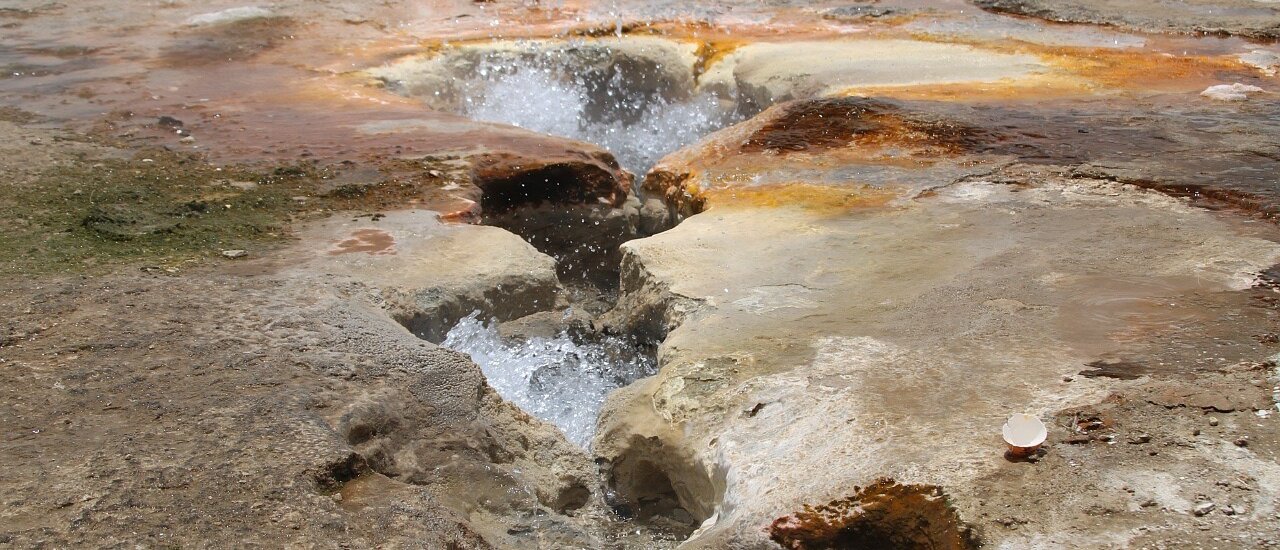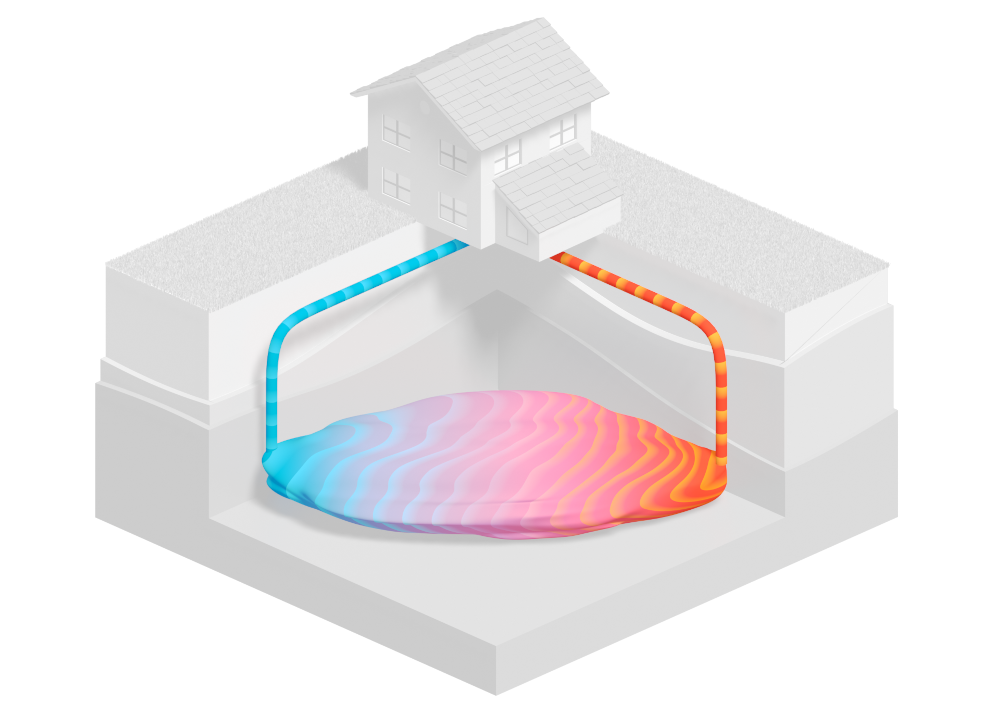A better picture of the subsurface thanks to data assimilation
Max Ramgraber, geoscientist at TU Delft, receives a NWO Veni grant to get a better picture of the subsurface. Information on the hard-to-reach depths are scarce, and are often accompanied by statistical uncertainty. Therefore, Ramgraber is working on a statistical method that combines different, often complex, data to learn about the subsurface.
Information on the subsurface is important for many urgent applications, think of water supply and the energy transition. Yet, the subsurface is difficult to access and observe directly. Measurements are often accompanied by uncertainties.
Observing the invisible
To still be able to develop an understanding of unknown parts of the subsurface, Max Ramgraber is predicting the unknown from the very few things we do know. “If someone enters a windowless room with a wet umbrella, we would think it is raining outside. Or there might be someone with a super soaker at the entrance”, he explains. In a nutshell: we use our knowledge of the world (“people protect themselves from water splashes”) to translate observations (“wet umbrella”) into possible explanations (“rain” or “super soaker”). In the subsurface, such interactions and the resulting explanations can be a lot more complex.
“As simple as possible, as complex as necessary.”
Data assimilation automatically finds explanations that best match our observations. The degree to which it succeeds depends on how well it can replicate processes in the real world.
Ramgraber wants to make data assimilation more efficient and more precise than it is today. Currently, data assimilation is based on either fully linear methods or fully non-linear methods, which are either simplistic or computationally prohibitive. Ramgraber is looking for a good middle ground within the ‘ASCEND’-project: "As simple as possible and at the same time as complex as necessary." With his Veni grant, he plans to work on a scalable data-assimilation algorithm that can be adapted to the demands of the problem. And the good thing about this: the algorithm will learn automatically what kind of complexity it needs.


